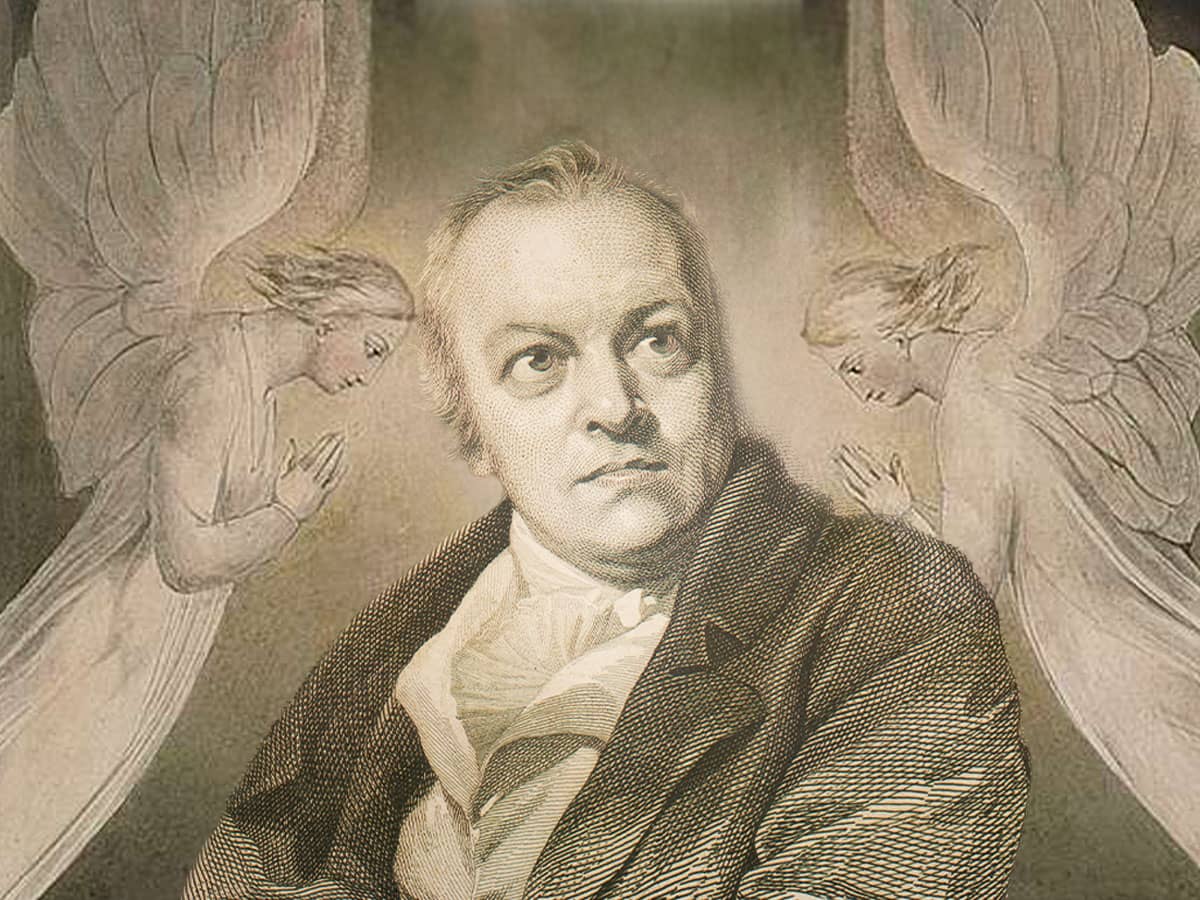Ten years ago, I joined a progressive synagogue on New York's Upper West Side. With about 500 members, it seemed big and intimidating; by the mid-nineties it had grown to almost 3000 members. It was easy to feel lost and insignificant in the huge throngs that gather every Friday night and Saturday morning. As a single person, I often felt lonelier going to services than staying home.
In October of 1996, two women in my congregation decided to form a group called a havurah: literally, a circle of friends. They each made a list of ten people they knew well but not that well: all single, evenly divided between men and women. Everyone was invited to a Friday night service in a little apartment in Greenwich Village.
One of the men offered to bring twenty prayer books, loaned from the synagogue. There was no rabbi, no cantor: one of the group volunteered to lead the service and the rest of us chimed in on the prayers. We sat in a circle on folding chairs, the couch, on cushions. Our hostess ordered in food; after lighting Shabbat candles, blessing the wine with kiddush, saying motzi over the challah, and washing hands in the pass-through kitchen, we ate dinner. And took the first steps in getting to know one another.
The traditional menorah is an elegant candelabrum, with two graceful arms arching out in wings, each with four stems for the special Hanukkah candles and a central stem for the shamos, the candle that lights all the others. It was a little personality test to see the different designs each of us brought, organized on the table so that each could be seen equally. There were traditional designs, modern, handmade and one (mine) that looked like a set of child's blocks spelling out the name of the holiday.
Between the service and dinner, we each lit our own menorah: the table blazed like a fireplace. Traditionally, menorahs are set in a window so that people passing by could be cheered and comforted by the lights of Hanukkah; Yonathan's window blazed with the warmth and light from almost two dozen menorahs.
Now, of course, I'm older. And like many single people, I find it's sometimes easier to pretend the holiday isn't happening rather than celebrating alone. When I'm by myself, frankly, I don't have the motivation to clean the menorah from the old candle drippings from last year. Coming home from work in the cold and dark of December, I don't feel like taking the menorah and candles from the kitchen to the living room, place the candles in their proper positions, light them and say the blessings. It feels a little hollow. After all, the symbolism of Hanukkah is about togetherness: even on the first night, two candles burn.
In fact, the story of Hanukkah is about much more than the miracle of the oil that lasted eight days. It is a story of Jewish survival, an effort made with great will and determination by a group of people who banded together and stayed together. The miracle of Hanukkah is the miracle of belonging, of being part of a family, a community, a tradition.
This will be our fifth year together. No longer a group of singles, there have been eight weddings, two babies, and other big achievements: two Ph.D.s, one book, a couple of off-Broadway plays, a real-estate license, two new American citizenships and a variety of new jobs and new homes. Somehow, despite the pressures of living in New York, and life in general, we've carved out a niche for our little group. And that is an event worth celebrating.

